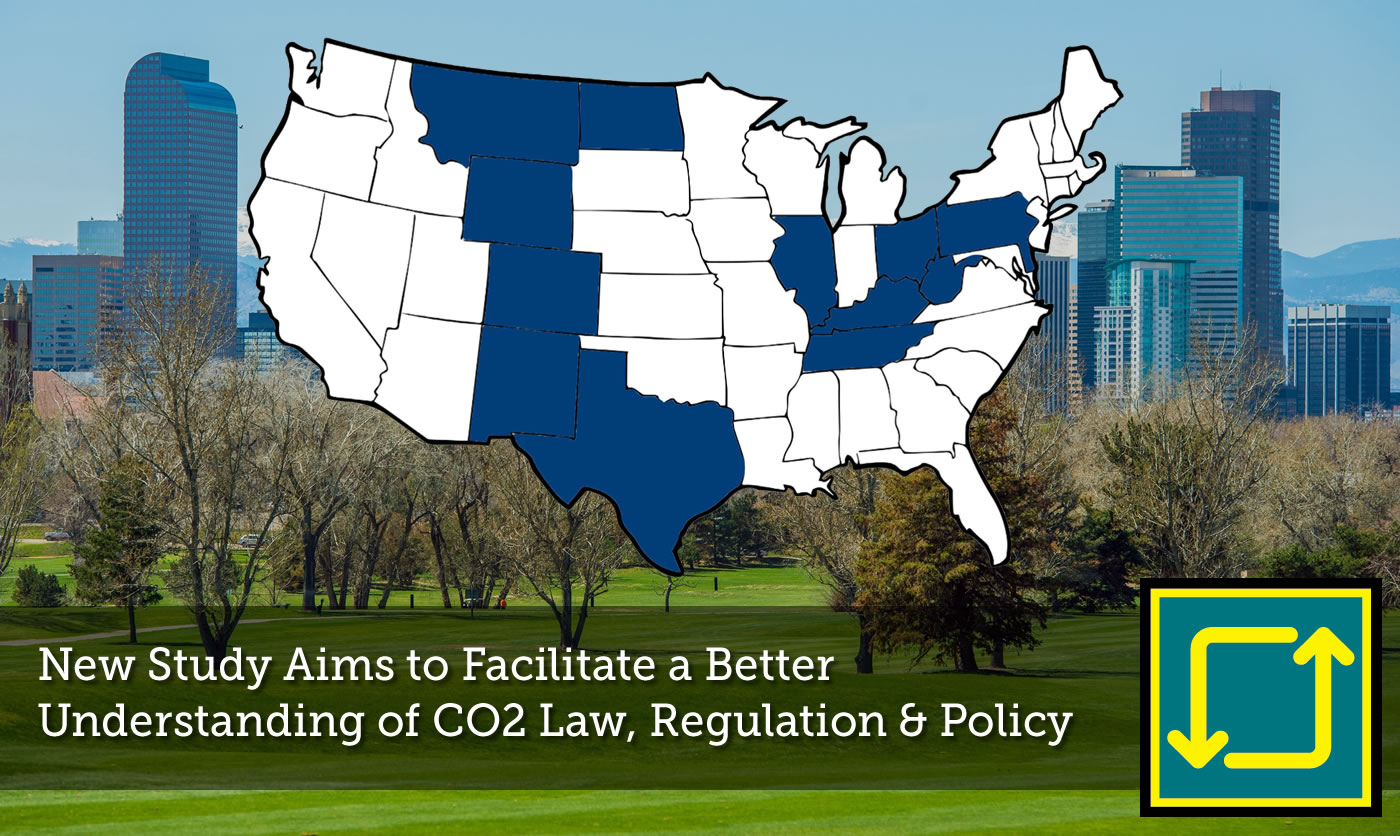The United States Energy Association (USEA) with the help of the University of Wyoming’s School of Energy Resources (SER) released a report entitled “Study on State's Policies & Regulations per CO2-EOR Storage Conventional, ROZ and EOR in Shale: Permitting, Infrastructure, Incentives, Royalty Owners, Eminent Domain, Mineral-Pore Space, and Storage" and suggests opportunities to harmonize energy policies and address regulatory gaps and inconsistencies.
The study provides comprehensive and comparative analysis of four dimensions of CO2 law, regulation and policy: 1) land use, mineral water, and pore space rights; 2) regulation of CO2-EOR and CO2 pipelines; 3) eminent domain; and 4) geologic CO2 storage and incremental storage regulation and policy across 12 states and onshore federal lands.
The study identifies opportunities for state lawmakers to address gaps and inconsistencies on a state-by-state basis and opportunities for federal legislation and rulemaking. The study concludes that regional coordination presents the most immediate opportunity for states to address implementation challenges. The greatest legal constraints to widespread implementation of CO2-EOR and geologic storage are issues of coordination rather than inconsistency. Interstate cooperation among regions and federal backstop legislation may streamline project planning.
“In a transitioning energy economy, with an increased focus on limiting CO2 emissions, potential CO2 injection projects could bring substantial revenue to Wyoming in the form of severance tax and mineral royalties while, at the same time, providing job opportunities for our university's Professional Land Management Program students,” Kris Koski, SER co-author says.
Read the full study here.

